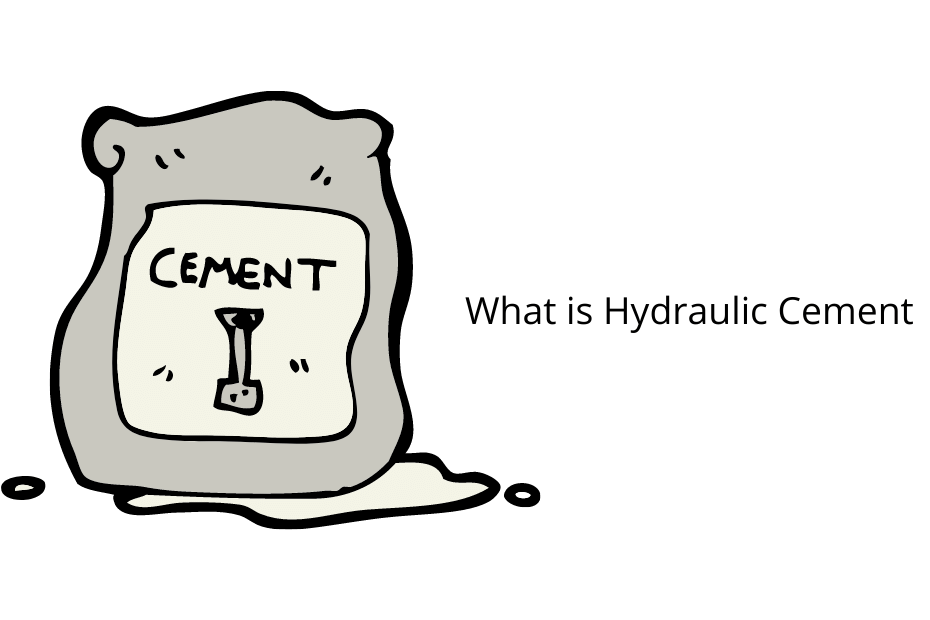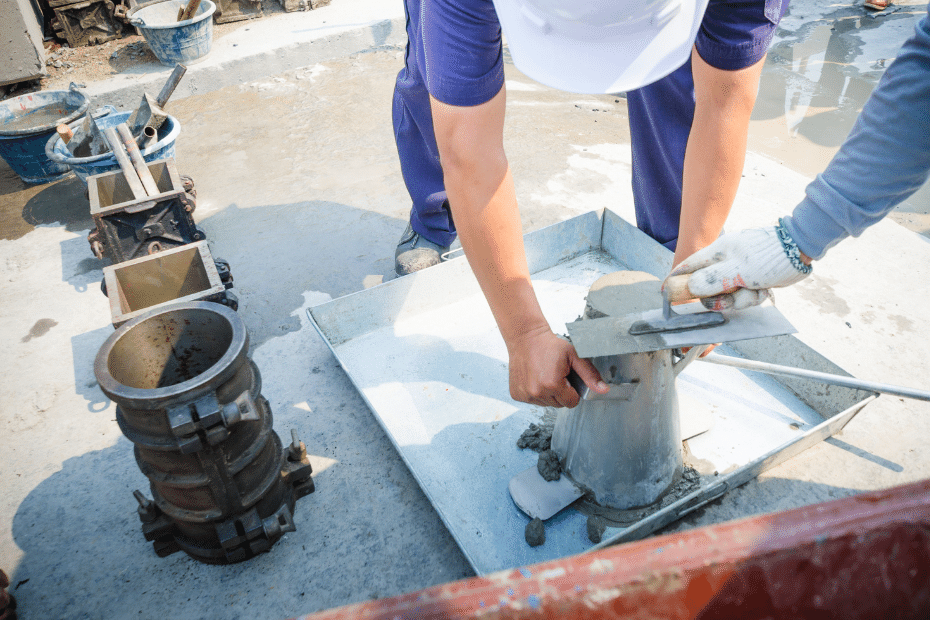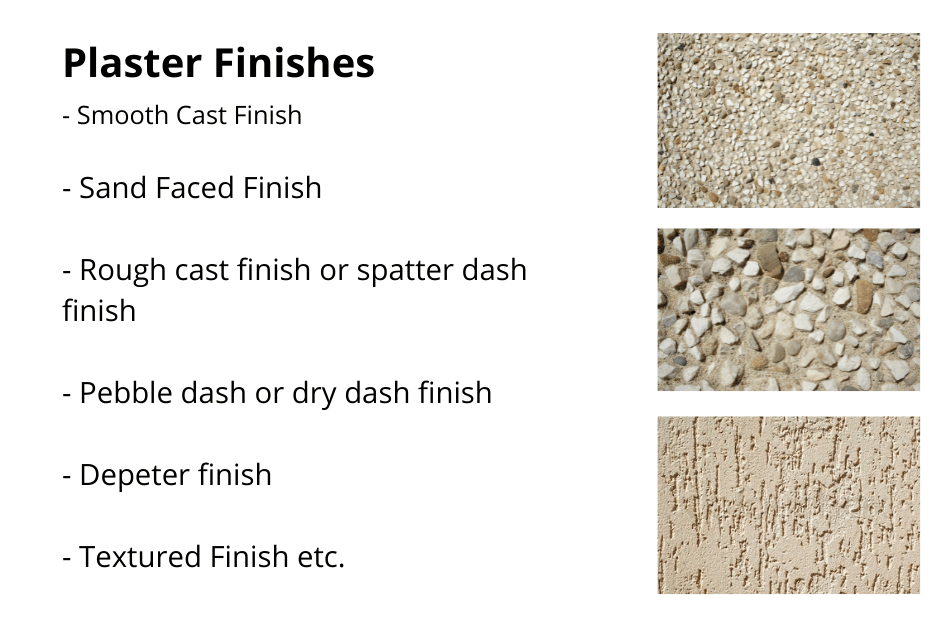Contents
What is Hydraulic Cement
The addition of water to finely powdered cement produces hydraulic cement, which is a form of cement that sets extremely rapidly and becomes more rigid as a result of the reaction. It is now the cement that is used the most often.
These days, the term “hydraulic cement” often refers to various mixtures of contemporary Portland cement that are used in commercial applications. Hydraulic cement is a material that does not corrode, rust, or shrink, and it is used extensively in the building and construction industry. It is composed of hydraulic calcium silicates, and it often contains calcium sulphate. Because it does not allow water to pass through it, this form of cement is excellent for use in the construction of buildings that are in continual contact with water.
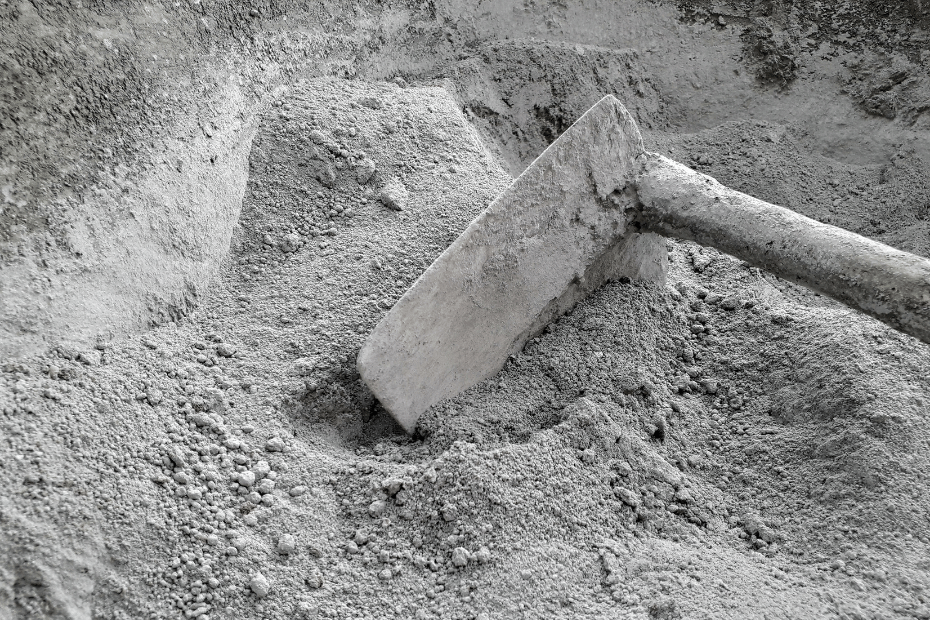
History of Hydraulic Cement
In the mediaeval ages, Romans were the first people to employ hydraulic cement. Back then, “hydraulic cement” consisted of nothing more than ashes from volcanic eruptions combined with lime. James Parker obtained a patent for Roman cement in the 18th century, and while it became rather popular, it was ultimately superseded by Portland cement in the 1850s.
Joseph Aspdin introduced Portland cement to the market in England, and his son, William Aspdin, is credited with developing the “modern” version of Portland cement, which was quickly met with a significant amount of consumer demand.
However, Isaac Charles Johnson is considered to be the real father of Portland cement. Johnson made a significant contribution to the development of hydraulic cement by publishing the process of producing meso-Portland cement in the kiln, which is considered to be the first step in the production of Portland cement. Since that time, hydraulic cement has been subjected to a great deal of development in order to generate the more refined product that is available today. It is now possible to get hydraulic cement in a variety of different mixtures that may be tailored to the specific requirements of a building project.
When to Use Hydraulic Cement
The specifics of the construction process will guide decision-making on the kind of cement that should be used.
The proportions of the various chemical components found in hydraulic cement may be adjusted to meet the requirements of certain applications.
The use of hydraulic cement is highly recommended for tasks that call for a fast setting time and little curing period.
However, because of limited amount of time to work with it before it sets, hydraulic cement should only be used for projects that can be completed in ten to fifteen minutes with a reasonable amount of cement mix prepared at a time. It is recommended to only use hydraulic cement for projects like these.
Because of its enormous potential to provide strength, hydraulic cement is suitable for the building of structures that are very resistant to wear and tear.
Due to the fact that cement is inflexible, it can only be used to give structural support in the form of mechanical force.
Hydraulic cement is almost the only option for creating underwater constructions. Due to the fact that it does not allow water to pass through it, it may be utilised in the construction of buildings that are in continuous contact with water. Because this particular kind of cement does not rust or corrode, its strength is not diminished even when it is exposed to water. It is also very helpful for water-proofing, which is another purpose for it.
In situations where there is a need for great durability in the building, but the site is in a very cold environment or on a frozen surface, the use of hydraulic cement is not recommended unless particular precautions are taken to assure that it will be able to withstand the conditions.
In contrast to traditional cement, hydraulic cement does not contract as it dries, and some mixtures can grow in size. When it comes to repairing concrete and sealing concrete leaks, this form of expanding hydraulic cement is really helpful. The use of hydraulic cement to fill up fractures is a remedy that will last for many years, but it is not a permanent solution. Caulk could be a better choice than hydraulic cement for extremely fine cracks, depending on the size of the fracture.
Read more: Ferrocement: A Unique Construction Industry Solution
Mixing of Hydraulic Cement
It is advised to use a mechanical mixer equipped with rotary blades while mixing the cement in order to get a homogenous mixture.
Before beginning the mixing process, the mechanical mixer has to be adequately saturated with water and then emptied of any excess.
The quantity of water that should be added to the dry mix may be determined by referring to the grade of concrete. This procedure follows the specification and instruction that is outlined in the IS 456:2000 standard. However, as it starts to solidify, the mixture ought not to have any additional water added to it beyond that point.
Because cement hardens extremely fast and must be put within 10-25 minutes after mixing, it is advised that only modest volumes of cement be mixed at a time.
Grinding the concrete mixture need to be done at a speed that is on the slower side.
Hydraulic Cement: How to Apply It
When applying hydraulic cement, make sure that the surface it is worked on has been well cleansed and freed of any contaminants that can interfere with the bonding process with the permanent structure. These are the actions that need to be taken in order to have a successful application:
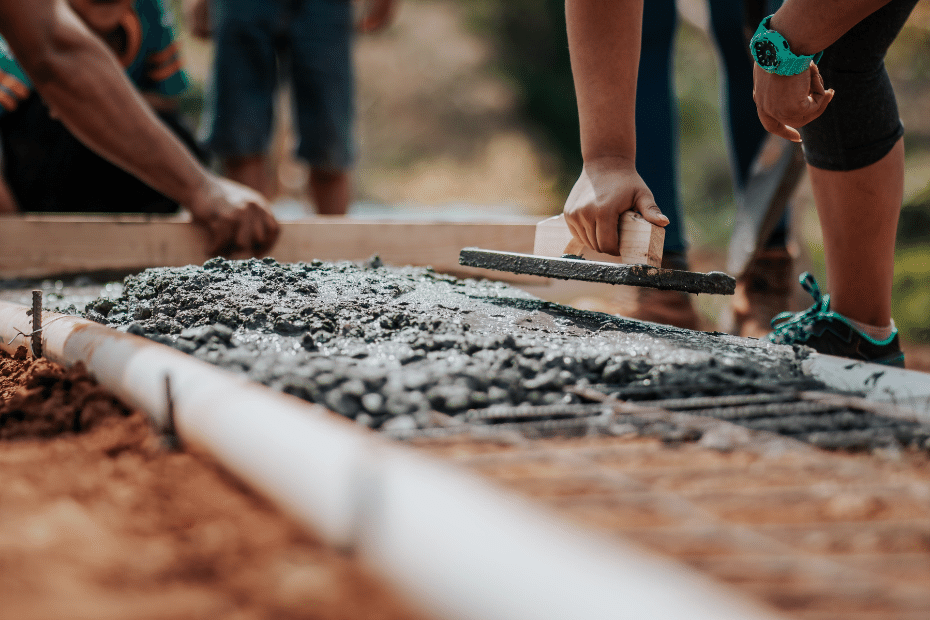
- Before putting it to the surface, you should make sure that any loose particles have been removed.
- It is highly advised to undercut any and all areas that will get an application of hydraulic cement.
- It is critical to maintain a temperature range of 45 degrees to 90 degrees Fahrenheit throughout the first phases of the curing process. As part of the preparation, you should widen any minor fractures or holes and steer clear of making V-shaped cuts.
- Hydraulic cement must be blended using a mechanical mixer with rotating blades to provide a constant consistency in the mixture.
- Mixer should be wetted in advance, then any surplus water should be removed.
- After adding water in accordance with the suggestion of the manufacturer, add the dry mixture of hydraulic cement. Once it has begun to set, you should not add any more water.
- Blend at a speed that is not too high, and make sure that you are just blending a tiny quantity of cement that can be applied within the allotted length of time.
- To fill the crack using hydraulic cement, begin applying it at the top of the crack and work your way down. Maintaining the same amount of pressure while firmly pressing the paste into place until the cement starts to solidify and the leak is halted is necessary in order to stop the leak.
- Avoid blending with too much water since doing so can result in bleeding and separation.
- It is essential that no additional admixtures or additives be used.
Safety Precautions
It is important that the hydraulic cement mix be applied to the surface as quickly as is practically possible.
Too much blending or mixing will result in bleeding and segregation of the ingredients.
No additional admixtures or additions of any kind should be put in the mixture unless specifically instructed to do so by the manufacturer.
When it comes to the construction of the underwater constructions, hydraulic cement is notably the only other choice available. Due to the fact that it does not allow water to pass through it, it is an excellent material to use for building buildings that are in constant touch with water.
This particular sort of cement mixture does not rust or corrode, and as a result, it maintains its strength even when it is completely immersed in water. In addition to this, it is of tremendous use for waterproofing purposes.
Hydraulic Cement Uses
The following types of construction may benefit greatly from the use of hydraulic cement:
- The footings as well as the foundations
- The heavy constructions
- Walls on levees, walls along the coast, and retaining walls
- Tunnels, bridges, and culverts
- dwellings made entirely of concrete, concrete blocks, etc.
- Towering constructions
- Dams and breakwaters
- Ditch systems for irrigation, as well as filter beds
- Protection of buildings against fire
- Chimneys and pipelines leading to the sewers
- Construction of road foundations, paving of roads and walkways
The Benefits of Using Hydraulic Cement
There is no specialised training needed to apply hydraulic cement The rapid setting of hydraulic cement contributes to an earlier achievement of the appropriate level of strength.
This cement has premium features such as resistance to shrinkage and corrosion.
Hydraulic cement has the highest possible resistance to water and may be used for building work that takes place underwater.
When compared to other chemical compounds on the market, it has been shown to be more cost-effective for repair operations.
It is strongly suggested that it be used for the construction of long-lasting concrete constructions.
It is utilised to seal the small concrete fractures that are found in basements as well as other concrete surface cracks that have been damaged.
The Drawbacks of Utilizing Hydraulic Cement
The fact that it must be utilised within 10–15 minutes of water being added to cement is one of its most significant disadvantages. It indicates that it will set quite rapidly in comparison to others.
It is not recommended to use hydraulic cement in regions that are influenced by frost.
The nature of this cement does not allow it to be flexible. As a result, it can only provide structural strength via mechanical means.
It is not usable in locations when the temperature is lower than 48 degrees Fahrenheit.
Conclusion
In general, hydraulic cement is a relatively new technology that undergoes a chemical reaction with water in order to acquire strength and to produce a surface that is hardened.
Because of the one-of-a-kind qualities it has, it is almost ubiquitous in the building industry. Hydraulic cement does not experience the same expansion and contraction that regular cement does, and in some combinations, it even develops a hardening effect.
